What can you grow in the holes of cinder blocks?
castorp
18 years ago
Featured Answer
Sort by:Oldest
Comments (22)
username_5
18 years agoRay Scheel
18 years agoRelated Professionals
Middle Island Landscape Architects & Landscape Designers · Mountain Brook Landscape Architects & Landscape Designers · North New Hyde Park Landscape Architects & Landscape Designers · Columbine Landscape Contractors · East Haven Landscape Contractors · Fishers Landscape Contractors · Sugar Hill Landscape Contractors · Madison Fence Contractors · Annapolis Fence Contractors · Citrus Heights Fence Contractors · Los Angeles Fence Contractors · Oldsmar Fence Contractors · Surfside Fence Contractors · Whitman Fence Contractors · Milwaukie Fence Contractorscastorp
18 years agonew2gardenfl
18 years agonew2gardenfl
18 years agocastorp
18 years agonew2gardenfl
18 years agoRay Scheel
18 years agocastorp
18 years agocastorp
18 years agonew2gardenfl
18 years agobejay9_10
18 years agoparadisi
18 years agogarden_fever_girl
18 years agoartic
18 years agoartichok
16 years agodecolady01
16 years agojsfav_comcast_net
12 years agoasif1936
10 years agonegar zamani
2 years agoKatelyn Huppenthal
2 years ago
Related Stories
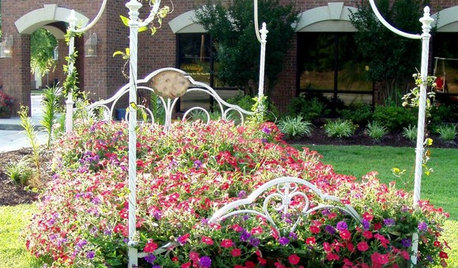
CONTAINER GARDENSYes, You Can Grow a Plant In That
You can upcycle your old typewriter, paint cans, tires and many more things into places for your plants
Full Story
SUMMER FRUITS AND VEGETABLESHow to Grow Your Own Fresh, Sweet Corn
Here's how to plant and care for your own mini cornfield
Full Story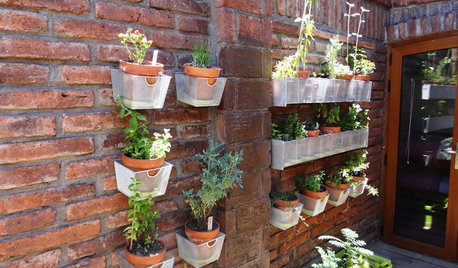
EDIBLE GARDENSHouzz Call: Where Are the Craziest Places You Grow Edibles?
Basil in a bathtub, spinach stacked up a wall ... If your edibles occupy an odd spot, we’d like to know
Full Story
FARM YOUR YARD10 Easy Edibles to Grow in Containers
These herbs, vegetables and fruits are just as happy in a pot as they are in the ground
Full Story
GARDENING AND LANDSCAPINGGrow a Lush Privacy Screen
No need to wait forever for patio privacy the green way. These 10 ideas will get your screening up and running in no time
Full Story
EDIBLE GARDENSHow to Grow Your Own Sweet Summer Crops
This guide will help any gardener get started on growing the freshest warm-season veggies and berries for summer
Full Story
HOUSEPLANTS10 Top Plants to Grow Indoors
Brighten a room and clean the air with a houseplant that cascades artfully, stretches toward the ceiling or looks great on a wall
Full Story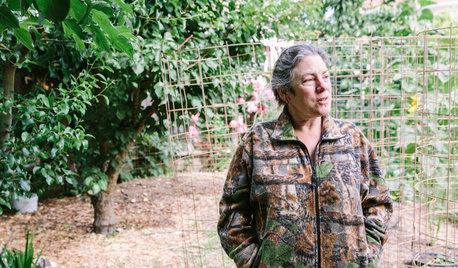
FARM YOUR YARDTo Get the Food They Believe In, These Urbanites Grow Their Own
Home gardeners farming on their city lots find that local, organic food isn’t the only reward
Full Story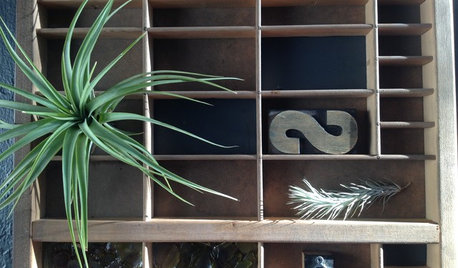
DIY PROJECTSReinvent It: Grow a Mini Vertical Garden in Printing Press Drawers
Make a living wall composition from vintage finds and greenery, for an artful indoor garden
Full Story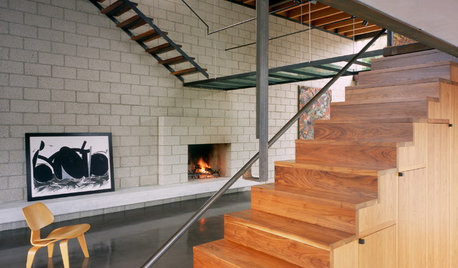
CONCRETEConcrete Block Style
Industrial flair: See why concrete brick isn't just for retaining walls anymore
Full Story





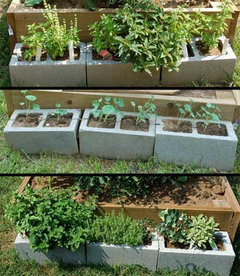
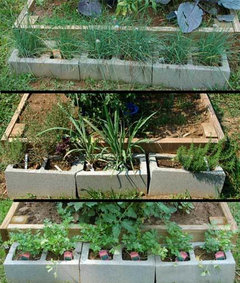
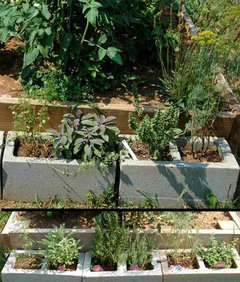
Diane Kistner